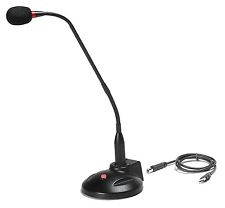As a kid, building high-gain bipolar ac-coupled amplifiers, the only signal source I had was a 2" transistor radio speaker. Scratch on the cone, for strong signals. Speak into the cone, for normal signals.
Eventually, I learned proper VDD filtering. The first 2 or 3 bipolar stages had their own private VDD (local battery equivalent) with 5,000uF and 100 ohms. The final 2 or 3 stages ran directly off the 9volt "B" size battery. Output probably was to magnetic earphones, to prevent acoustic feedback.
That amplifier, with speaker pickup, easily monitored voices 10 or 20 feet away.
You should be able to do similar, today, with 2 or 3 stages of OpAmps. Just arrange for private power to the first stage, to avoid VDD-based feedback oscillation.
Here is what Signal Chain Explorer suggests: 3 stage of opamp gain, 40dB/stage using Default models (UGBW = 1MHz); input is 1 microVoltPP; I had to edit the first opamp, reducing its noise density from 4nanoVolts (1Kohm) to 0.5nanoVolts (16 ohms); I also edited the gain-set resistors of that first stage: 5 ohms and 495 ohms. Result? 18dB SNR for 1uVpp input.

Nah---that is too easy. Lets use 2 stages of bipolar. We achieve 1,000 * 1,000 gain.

simulate this circuit – Schematic created using CircuitLab




